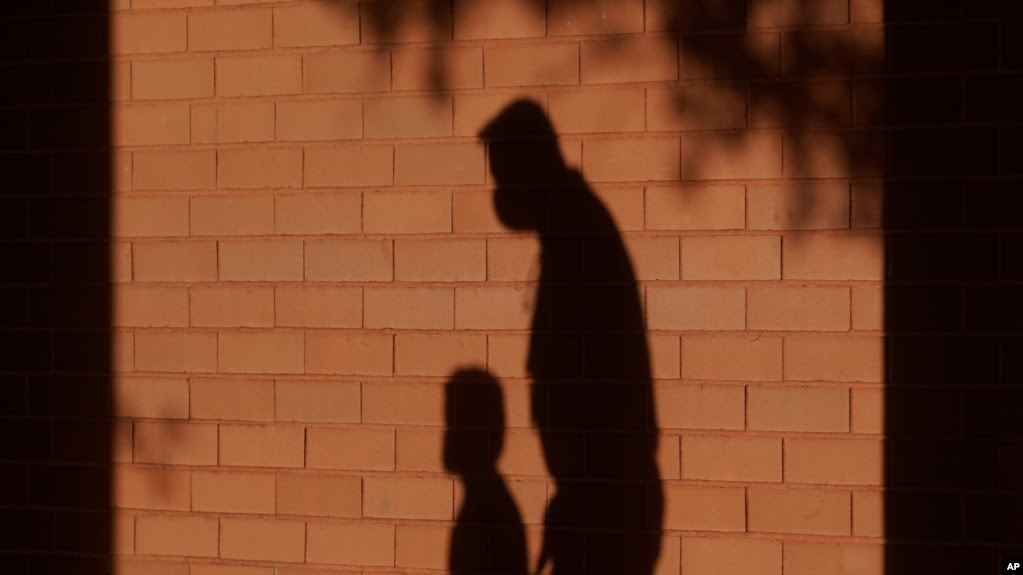Death by drug overdose has dramatically increased among minorities in the United States during the pandemic, particularly among African Americans, a study by U.S. health authorities showed Tuesday, 19 July.
The COVID-19 virus, which disrupted access to prevention and care services, created “long-ignored” disparities, according to a new study by the Centers for Disease Control and Prevention (CDC).
According to the CDC, the overdose death rate among black people increased by 44% between 2019 and 2020. The increase was 39% among American Indians and 22% among white people.
Overall, in 2020, the United States recorded more than 91,000 overdose deaths, mostly related to synthetic opioids, including fentanyl. For 2021, preliminary numbers show that the 100,000 death mark has been surpassed.
The opioid problem has long affected the white population in the United States, especially with the over-prescription of highly addictive drugs. But overdose death rates subsequently rose much faster among minorities.
In 2019, overdose death rates among black, American Indian, and white people were relatively similar: 27, 26, and 25 deaths per 100,000 people, respectively.
Nothing could be further from the truth in 2020, with the numbers rising to 39 for African Americans, and 36 for Native Americans, compared to 30 for whites.
Among those over 65, the death rate for black men was seven times that of white men in 2020.
Death primarily affected black men between 45 and 64 (77 deaths per 100,000). But the largest increase between 2019 and 2020 was among young black men between 15 and 24 years old.
“Racism, one of the root causes of health disparities, continues to pose a threat to public health,” CDC official Debra Houry said during a press conference, citing, in particular, the role of prejudice in access to care.
According to the survey, black people who died from drug overdoses were those who had received the least amount of treatment in the past (such as opioid replacement therapy). And the death rate among African Americans and Native Americans was paradoxically highest in places with the most treatment offerings.
“Just because there is treatment available doesn’t mean those services are accessible,” stressed Mbabazi Kariisa, an overdose prevention researcher for the CDC.
Other sources of mortality include the difficulty of transportation to treatment, the stigma attached to it, or a general mistrust of the health care system.



Comment here